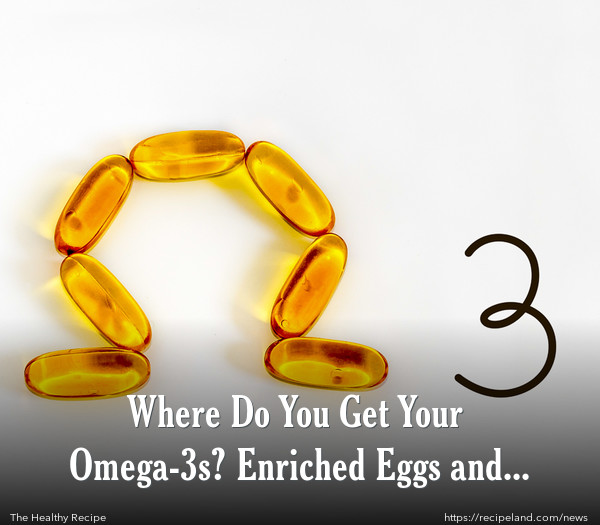You may have noticed that the eggs and milk your family relies on to provide the calcium and protein their bodies need are now claiming to be an excellent source of another fundamental nutrient – omega-3 fatty acids.
When you look beyond the label and examine how much and what type of omega-3s milk and eggs really contain, they may not be a good source of this essential nutrient after all.
There are 3 types of omega-3 fatty acids: DHA, EPA, and ALA. The health benefits of ALA are as yet unknown, but the body does convert a small percentage of it into DHA and EPA.
Because it is found in canola and soybean oils, most Americans easily get the recommended amount of ALA through their regular diet. DHA and EPA, which are known for the positive impact they have on heart health, are found in naturally fatty fish.
So how did these omega-3s end up in our milk and eggs?
According to an Elena Conis article for the L.A. Times, feed containing flax seed and canola is commonly given to hens to increase the ALA content of their eggs. Hens need to be fed fishmeal and algae to absorb and pass on DHA and EPA, but this type of feed is more expensive.
A gel containing DHA and EPA from fish is suspended in milk to fortify it with omega-3s. This suspension process works best in milk with higher fat content.
In order to absorb the daily recommended amount of omega-3s, you would have to drink 5 glasses of fortified milk or eat a dozen eggs.
Because milk and eggs contain fat that can be hard on your heart, consuming large quantities of them is not the best way to get omega-3s.
Instead, add more fish into your diet. Just one 3-ounce serving of sardines or salmon provides the total amount of omega-3s your body needs for the day!










Comments